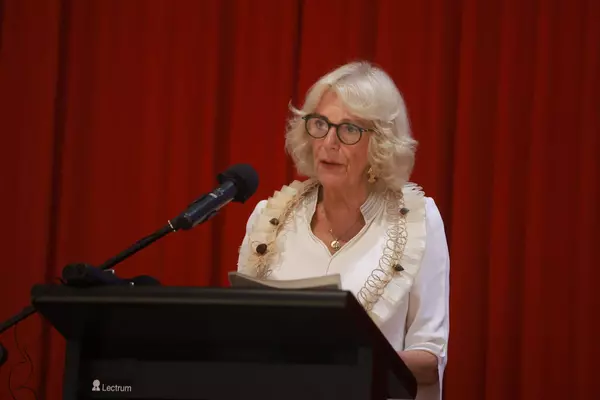Some cryptocurrency products may be “fundamentally incompatible with the existing financial services regulatory framework”, according to Treasury, as it begins consulting on the government’s token mapping exercise.
Treasury released the token mapping consultation paper on Friday, while also announcing plans for consultation on a proposed licensing and custody framework for crypto asset service providers later in 2023.
Treasurer Jim Chalmers and Financial Services minister Stephen Jones said in a joint statement that the government’s multi-stage approach to regulating crypto involves strengthening enforcement, bolstering consumer protection, and establishing a framework for reform.
The intention of the token mapping exercise, which began in August last year, is to create shared definitions of the “key activities and functions of products in the crypto ecosystem” and determine how they fit within existing regulatory frameworks.

The consultation paper outlines a framework on how to think about regulating the crypto ecosystem and the extent to which existing financial regulation applies.
Most crypto ecosystem activities are either “businesses offering products that relate to crypto assets” or “businesses creating crypto assets that relate to existing non-crypto products”, according to the paper.
These activities can be mapped against the existing financial regulation because they are “largely centred around the three concepts of promises, intermediaries, and agents”.
Intermediated token systems, such as cryptocurrency exchanges or services that facilitate crypto token trades for fiat money, are centred around these concepts and enable a “link between crypto networks and the ‘real-world’”.
However, the paper notes that two types of ‘public token system’ products — ‘network tokens’ and ‘public smart contracts’ — do not necessarily involve promises, intermediaries, and agents. This is because, the crypto network itself can be used to facilitate transactions between parties rather than requiring a promise from an intermediary or agent.
While cryptocurrencies, like Bitcoin or Litecoin, are examples of network tokens, the paper notes that “whether or not cryptocurrency network tokens involve financial products will depend on each individual network. They are not all sufficiently alike to consider them together”.
“The issues are deeper than whether these products are ‘financial products’ because the existing regulatory frameworks create regulatory boundaries, obligations, protections, and regulatory powers to be applied in the context of products that involve promises, intermediaries, and agents. Many of these do not map to public token systems,” the paper reads.
“While traditional policy and regulatory levers are available for a large portion of the crypto ecosystem (i.e. intermediated token systems), in the pockets of the ecosystem where functions are truly being ensured by public, self-service software, a fundamentally different approach may be required.”
The Australian Securities and Investments Commission (ASIC), Australian Competition and Consumer Commission (ACCC), and Australian Transaction Reports and Analysis Centre (AUSTRAC) currently oversee regulation in the crypto environment.
Mr Chalmers and Mr Jones said “ASIC is increasing the size of its crypto team and is upping enforcement measures” , and will also seek to take “legal action where it identifies crypto offerings being marketed without the appropriate credit or financial services licence”.
“The ACCC is also stepping-up efforts to prevent scams, including those involving crypto assets,” the pair added.
According to ACCC’s Scamwatch, Australians lost $221 million in 2022 to scammers who requested payments in cryptocurrencies.
Consultation on the framework will be open until March 3, with the proposed design of a custody and licensing framework to begin in mid-2023.
Treasury undertook a two month public consultation, concluding at the end of May 2022, on ‘crypto asset secondary service providers: licensing and custody requirements’ and received 121 submissions.







